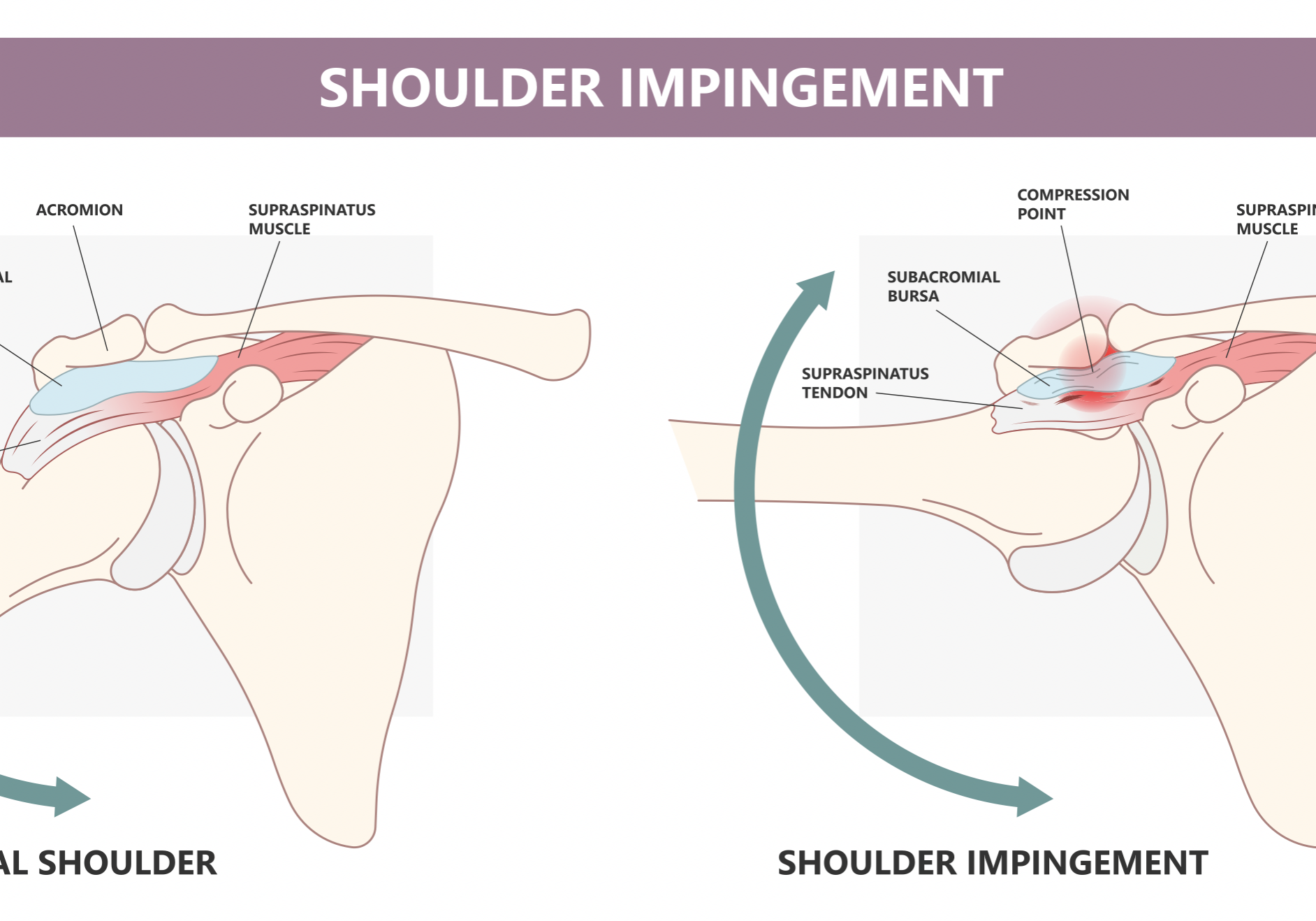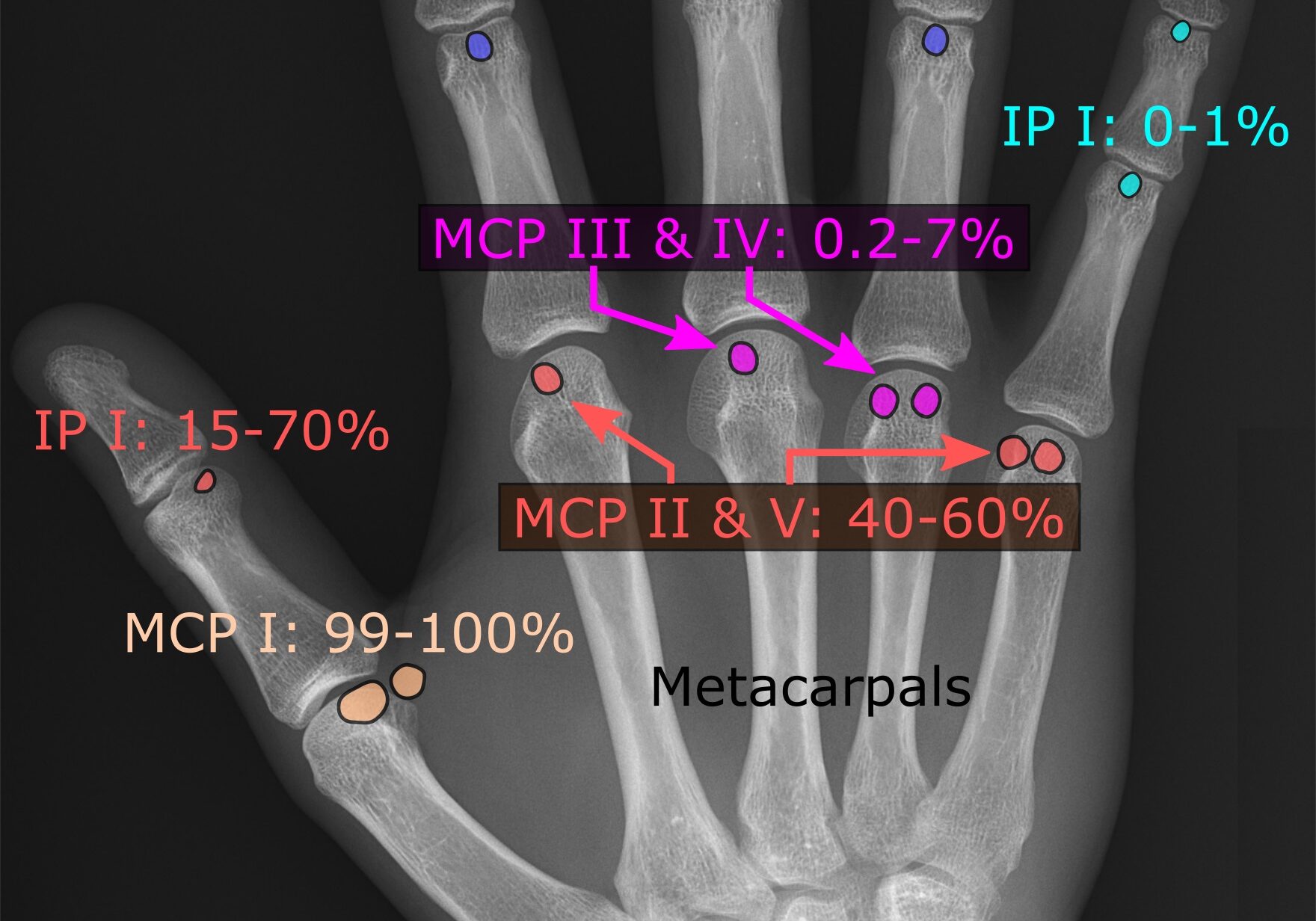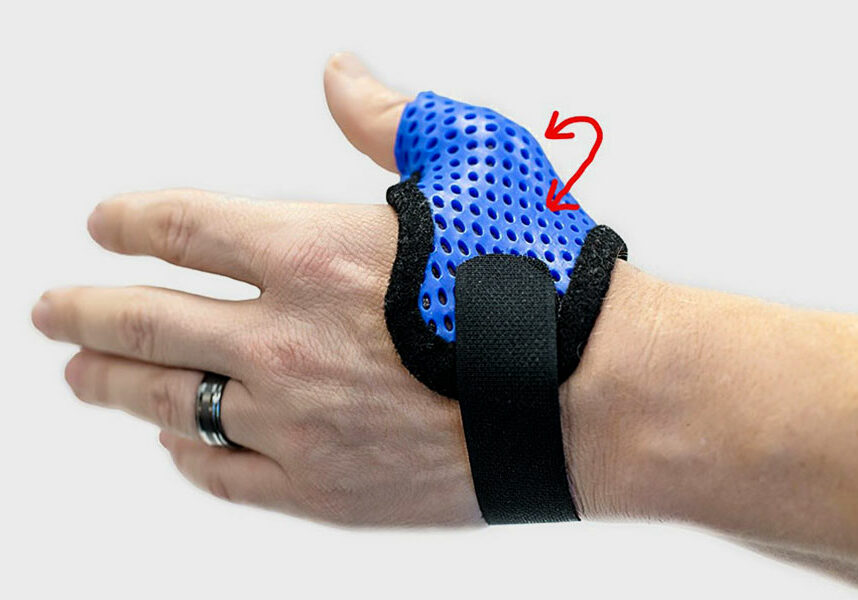隔间 syndrome is a condition characterized by increased pressure within a compartment of the body, leading to pain, swelling, and reduced tissue perfusion (Barkay et al., 2021; Buerba et al., 2019). It can be either acute or chronic (Barkay et al., 2021). Chronic exertional 隔间 syndrome (CECS) is a rare type, most commonly observed in athletes, particularly rowers and motorcyclists when the upper extremity is involved, though it can occur in anyone (Buerba et al., 2019; Cole et al., 2017). CECS is characterized by a gradual and reversible buildup of pressure within the compartment, leading to progressive pain and edema, typically triggered by activity. This occurs due to muscle hypertrophy, microtraumas, and a noncompliant fascia (Buerba et al., 2019; Ogrodnik et al., 2021). Patients often report persistent pain that worsens with repetitive movements (Cole et al., 2017).
Treatment Options for CECS
CECS is often managed conservatively, though surgical options are available if symptoms persist and interfere with daily activities.
Conservative Treatments
Conservative management typically includes massage, stretching, and activity modification (Buerba et al., 2019).
Manual therapy:
For massage and stretching techniques, a five-week course of a massage regimen and stretching home exercise program is found to decrease post-exercise pain (Blackman et al., 1998). A study concluded this is due to increased compartmental volume post massage due to fascial stretching, or due to individuals’ increased pain thresholds due to neural receptor alterations in the fascia or muscle changes (Blackman et al., 1998).
Biofeedback:
A way to treat this syndrome is to provide activity modification education. Furthermore, chronic 隔间 syndrome is often referred to as chronic exertional compartment syndrome because it is typically exercise induced (Buerba et al., 2019). This is achieved through providing biofeedback during activity modification and retraining interventions (M. Materi, personal communication, September 14, 2023; Zimmerman et al., 2017). Biofeedback provides visual feedback concerning the force a muscle compartment is exerting (Larsen et al., 2014; M. Materi, personal communication, September 14, 2023).
Figure 1: mTrigger biofeedback device Figure 2: mTrigger biofeedback device
https://www.mtrigger.com/biofeedback-occupational-hand-therapy/

Grips:
Furthermore, larger handles would help activity modification (M. Materi, personal communication, September 14, 2023). Since chronic exertional compartment syndrome is typically seen in rowers and motorcyclists which are occupations that demand high grip strength and continued use, creating larger grips could modulate the grip strength required to handle an object (Buerba et al., 2019; M. Materi, personal communication, September 14, 2023; Sheerin et al., 2023). Changing grip handles will change the amount of force and positioning a patient exerts into an activity which will change the repetitive motion they have been utilizing (M. Materi, personal communication, September 14, 2023; Zimmerman et al., 2017; Schubert, 2011).
Figure 2: Built up handle

Overall, chronic exertional compartment syndrome can be treated conservatively, but individuals have the option of undergoing a fasciotomy if symptoms persist that interfere with their everyday living.
参考
Barkay, G., Zabatani, A., Menachem, S., Yaffe, B., & Arami, A. (2021). Acute compartment syndrome of the upper extremity: Clinical outcomes following surgical treatment. A retrospective cohort study. The Israel Medical Association Journal, 23(8), 516–520.
Blackman, P. G., Simmons, L. R., & Crossley, K. M. (1998). Treatment of chronic exertional anterior compartment syndrome with massage: A pilot study. Clinical Journal of Sports Medicine, 8(1), 14–17. https://doi.org/
Buerba, R. A., Fretes, N. F., Devana, S. K., & Beck, J. J. (2019). Chronic exertional compartment syndrome: Current management strategies. Open Access Journal of Sports Medicine, 2019(10), 71–79.
Cole, A., Hiatt, J. L., Arnold, C., Sites, T., & Ylanon, R. (2017). Chronic exertional compartment syndrome in the forearm of a collegiate softball pitcher. Sports Medicine – Open, 3(1), 11.
Larsen, C. M., Juul-Kristensen, B., Olsen, H. B., Holtermann, A., & Søgaard, K. (2014). Selective activation of intra-muscular compartments within the trapezius muscle in subjects with subacromial impingement syndrome. A case-control study.Journal of Electromyography and Kinesiology,24(1), 58–64.
Ogrodnik, J., Oliver, J. D., Cani, D., Boczar, D., Huayllani, M. T., Restrepo, D. J., Sisti, A., Manrique, O. J., Broer, P. N., & Forte, A. J. (2021). Clinical case of acute non-traumatic hand compartment syndrome and systematic review for the upper extremity. Hand, 16(3), 285–291.
Schubert, A.G. (2011). Exertional compartment syndrome: Review of the literature and proposed rehabilitation guidelines following surgical release. International Journal of Sports Physical Therapy, 6(2), 126–141.
Sheerin, M., O’Riordan, C., Conneely, M., Carey, L., Ryan, D., Galvin, R., & Morrissey, A. M. (2023). Effectiveness of occupational therapy interventions on function and occupational performance among adults with conditions of the hand, wrist, and forearm: A systematic review and meta-analysis. Australian Occupational Therapy Journal, 1-15.
Zimmermann, W. O., Linschoten, C. W., & Beutler, A. (2017). Gait retraining as part of the treatment programme for soldiers with exercise-related leg pain: Preliminary clinical experiences and retention. South African Journal of Sports Medicine, 29(1), 1-6.
更多阅读内容
肩痛:保守治疗的有效性
参考文献:Steuri, R.、Sattelmayer, M.、Elsig, S.、Kolly, C.、Tal, A.、Taeymans, J. 和 Hilfiker, R. (2017)。保守干预措施(包括运动、手法治疗和医疗管理)对成人肩部撞击症的有效性:随机对照试验的系统评价和荟萃分析。英国运动医学杂志,51(18),1340–1347。 https://doi.org/10.1136/bjsports-2016-096515 作者:Tayler Roost The Skinny:这项研究……
阅读更多籽骨:它们是什么以及它们有什么作用?
作者:Brittany Carrie 学生的视角 在轮岗的头几周,我接触到了许多在课堂上没有接触过的新的、令人兴奋的事情。我观察并帮助治疗遭受从肌腱撕裂到完全截肢等严重创伤的患者,看到了不同的夹板技术,……
阅读更多CMC 手部关节炎矫形器:力学和用途
我们在手部治疗中看到的最常见的诊断之一是第一腕掌关节的骨关节炎,掌骨与梯形的连接处。也称为基底关节关节炎(CMC 关节炎),会导致疼痛、关节畸形、力量丧失和功能丧失。患者来找我们寻求缓解症状......
阅读更多注册即可直接将更新发送到您的收件箱!
注册我们,我们将定期向您发送有关手部治疗的所有内容的博客文章、每次上传新视频和教程时的通知,以及讲义、协议和其他有用信息。





